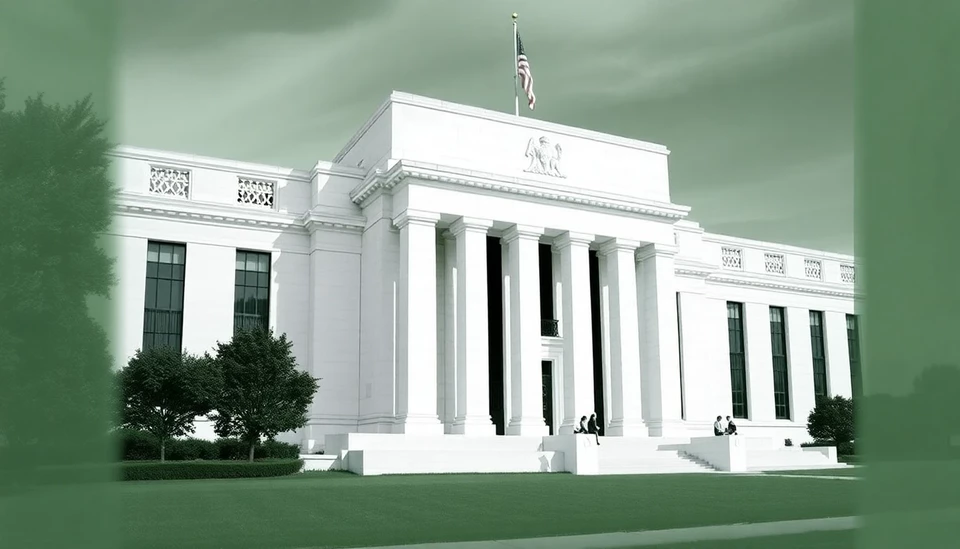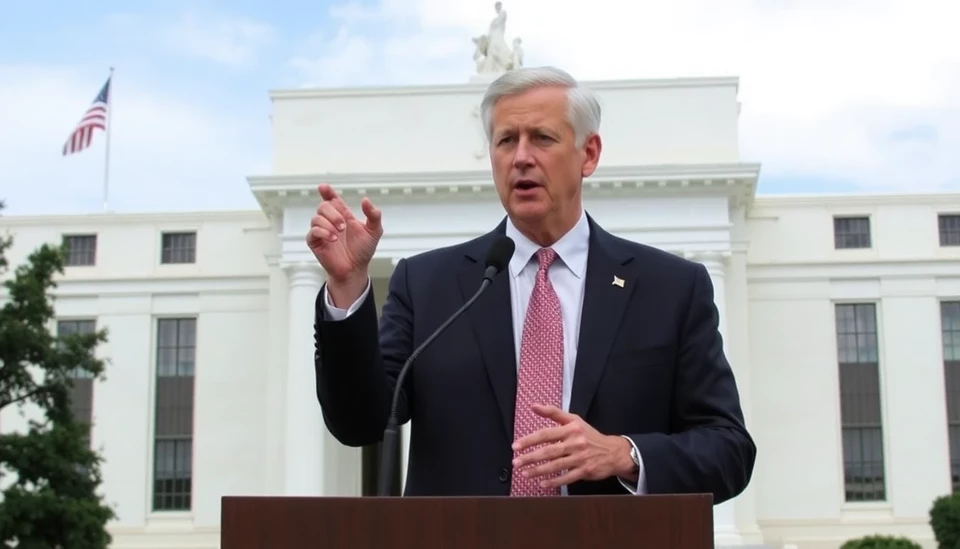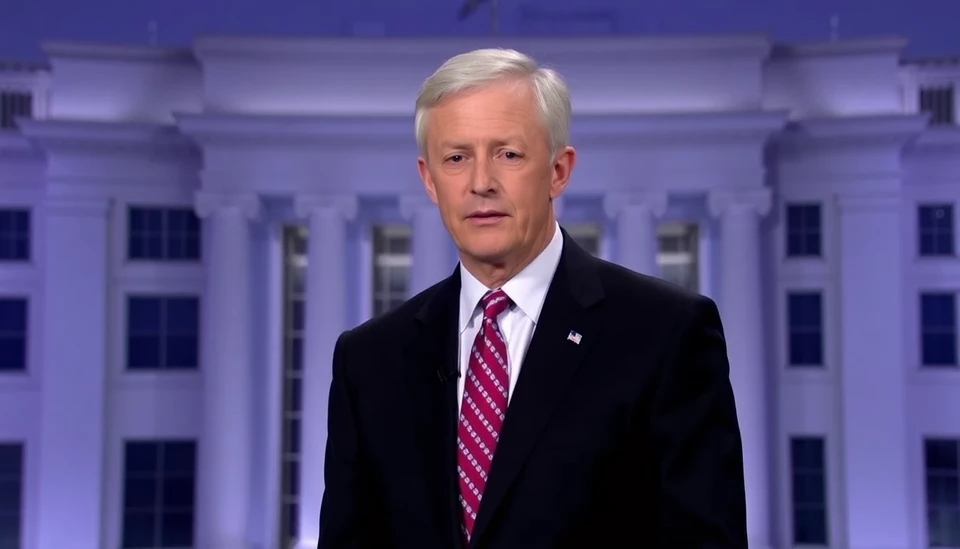
In a closely watched decision that reflects ongoing economic uncertainty, the Federal Reserve has opted to keep its benchmark interest rate unchanged during the latest Federal Open Market Committee (FOMC) meeting. This decision, which was anticipated by many economists and market analysts, comes as the Fed navigates a complex landscape of inflation pressures, labor market dynamics, and economic growth projections.
The Fed's decision to pause its rate-hiking campaign signals a strategic shift towards a more cautious approach in light of mixed economic indicators. Inflation rates have shown signs of stabilizing; however, the central bank highlighted that it remains vigilant in the face of potential upward price pressures. Current inflation, which has been a key concern for the Fed, is still above the desired target of 2%, suggesting that the Fed may remain in a tightening mode for some time.
Moreover, during the press conference following the meeting, Federal Reserve Chair Jerome Powell reiterated the necessity for "patient and measured" policymaking as the central bank assesses incoming economic data. Powell pointed out that while the labor market remains robust, there are growing concerns regarding consumer spending and business investment, which could be potential red flags for economic stability moving forward.
Participants in the meeting expressed varying views on future rate hikes, citing global economic slowdowns and domestic conditions. While some members advocated for continued rate increases, others preferred maintaining current levels to observe the effects of earlier rate changes. The divide highlights the Fed's challenge in balancing growth with inflation control.
Looking ahead, market analysts are closely monitoring forthcoming economic reports, including labor and inflation data, which will be critical in shaping the Fed's future policy decisions. Many economists predict that any further adjustments to interest rates will be data-dependent, emphasizing the Fed's commitment to transparency in its decision-making process.
In conclusion, the Fed's decision to maintain interest rates signals a cautionary approach towards the economic outlook, rooted in a desire to mitigate inflation while fostering sustainable growth. Investors and analysts alike will be keeping a close eye on the Fed's communications and future meetings for guidance on potential shifts in monetary policy.
As we await further developments, the market reacts cautiously, reflecting uncertainty about economic conditions, inflation trends, and the Fed's next steps.
Overall, this latest FOMC meeting underlines the Fed's dual mandate of achieving maximum employment while ensuring stable prices, navigating a complex economic landscape that requires agility and foresight.
#FederalReserve #FOMC #InterestRates #Economy #Inflation #JeromePowell #MonetaryPolicy
Author: Rachel Greene




